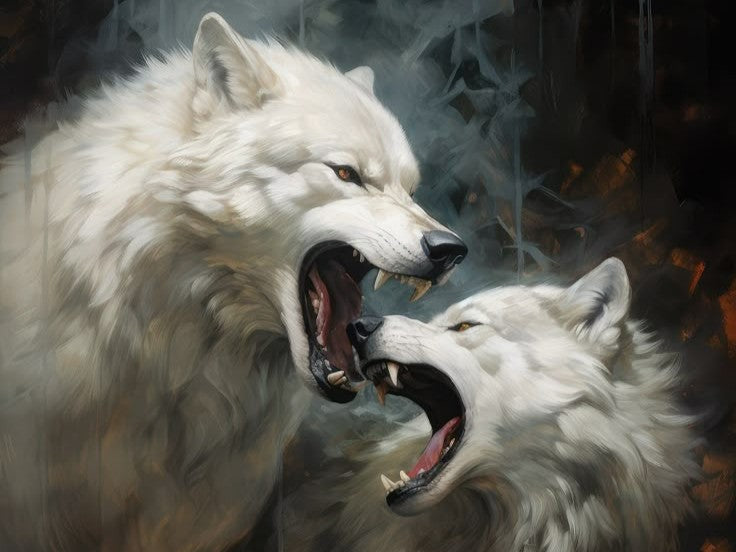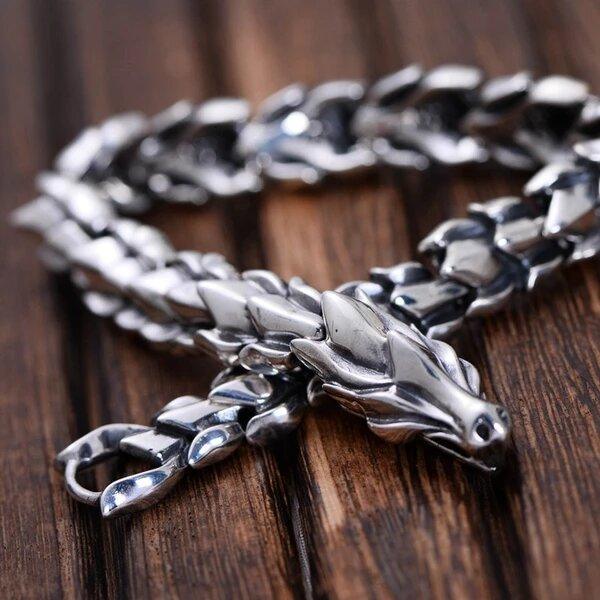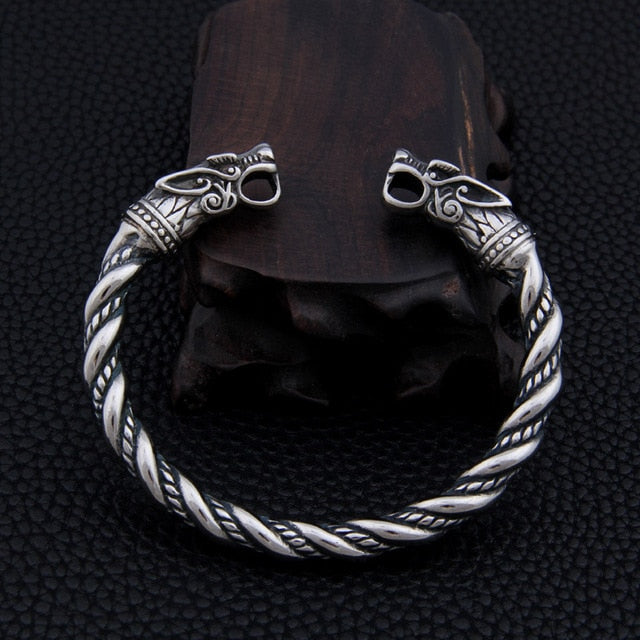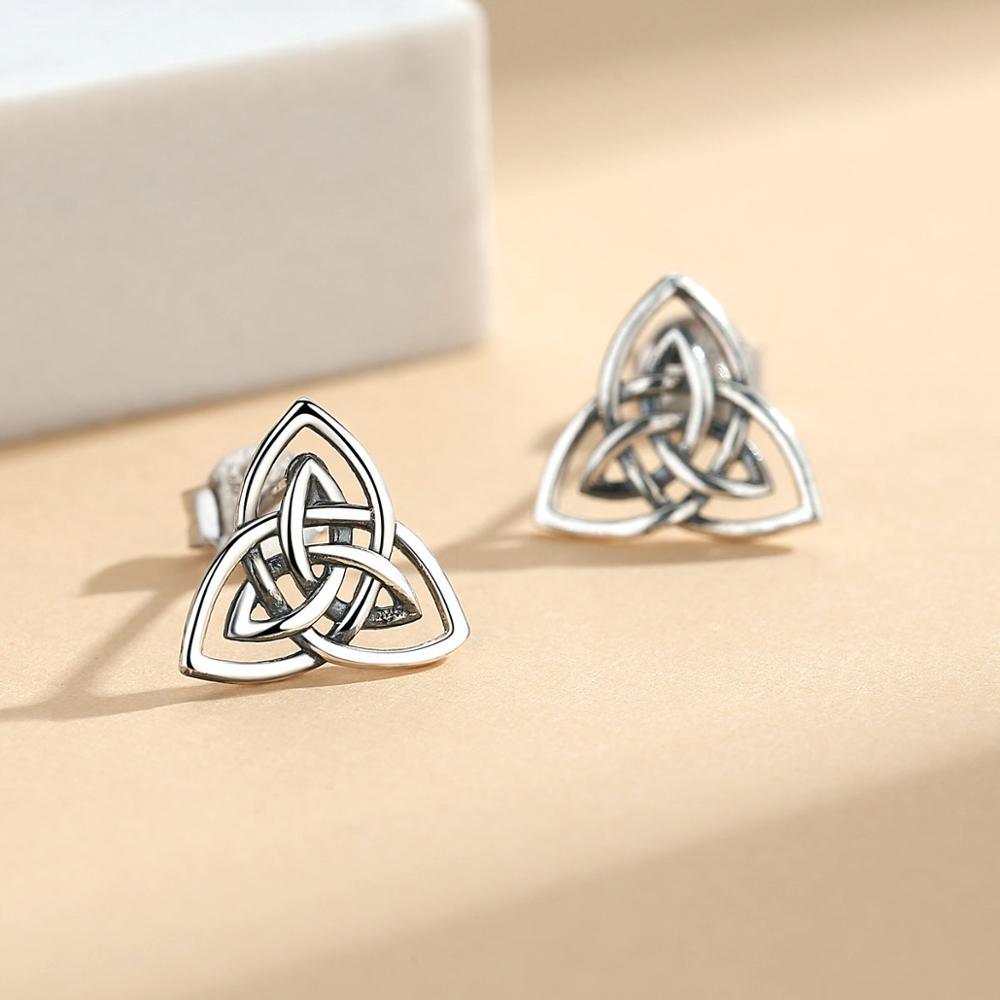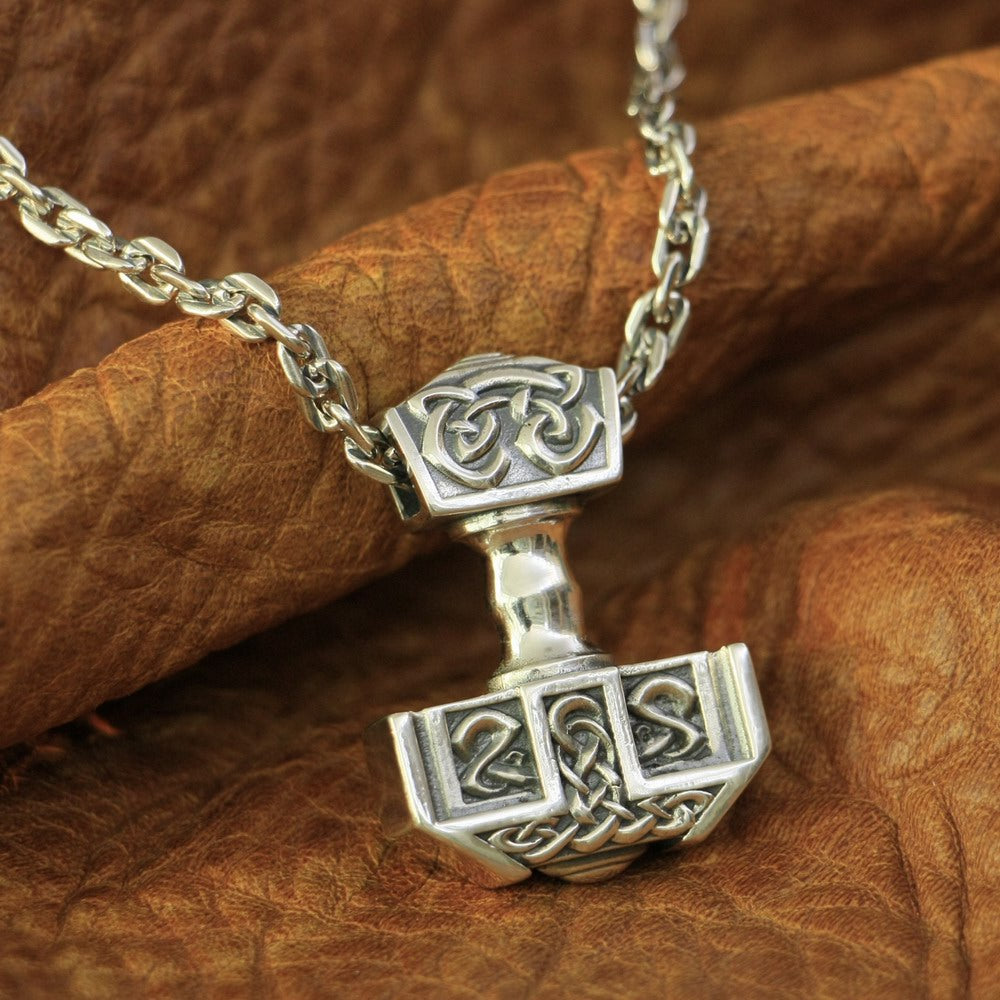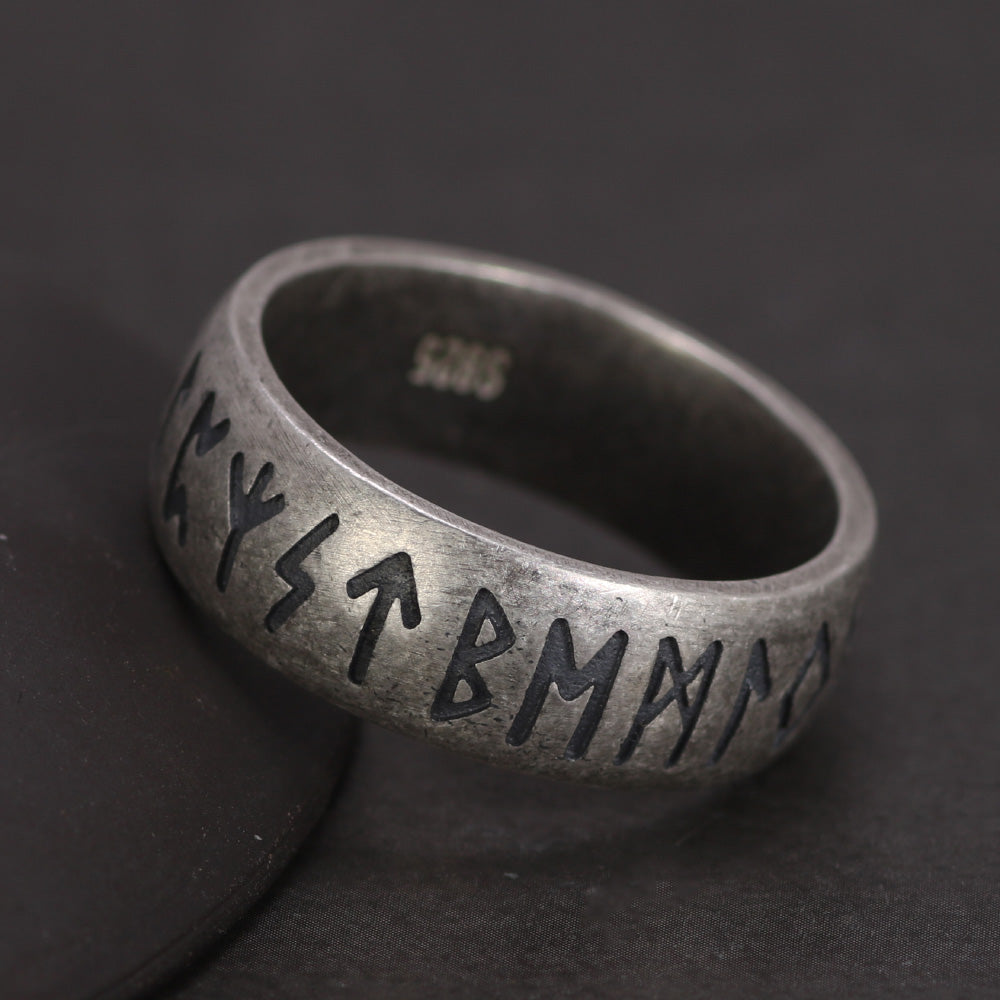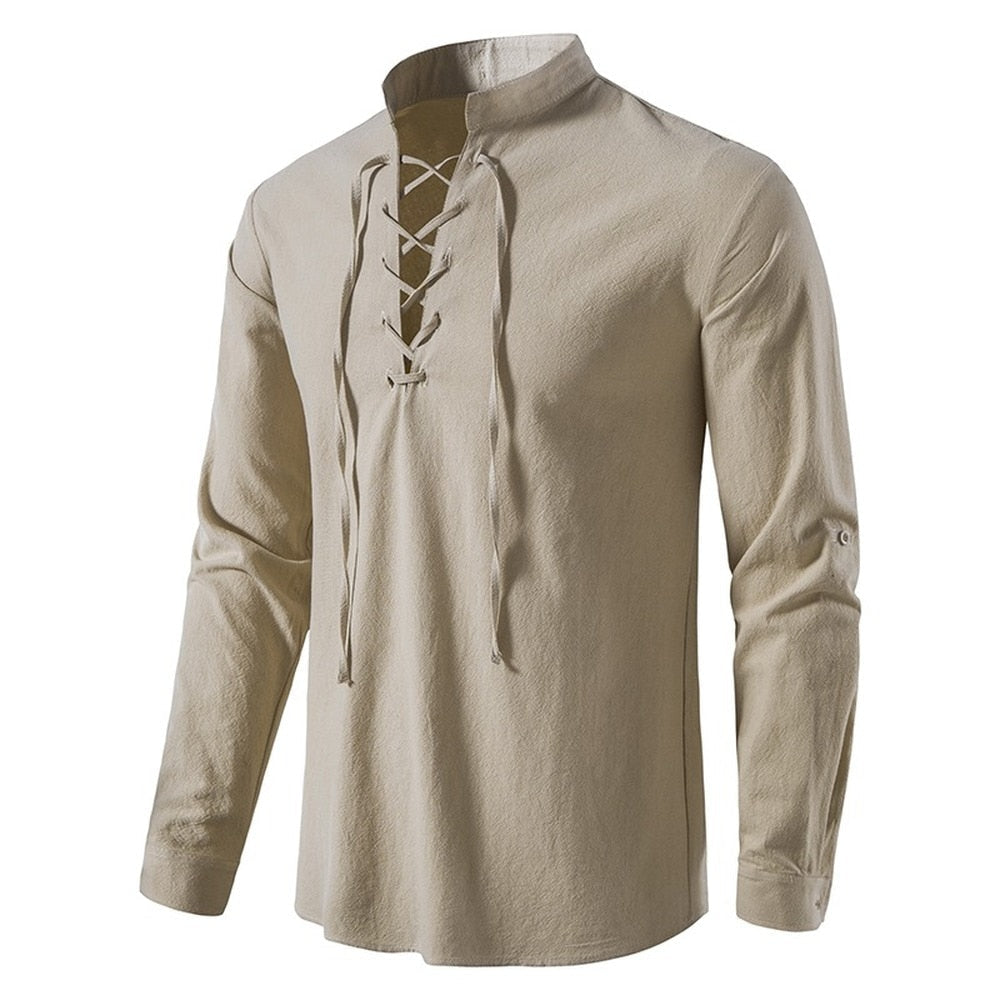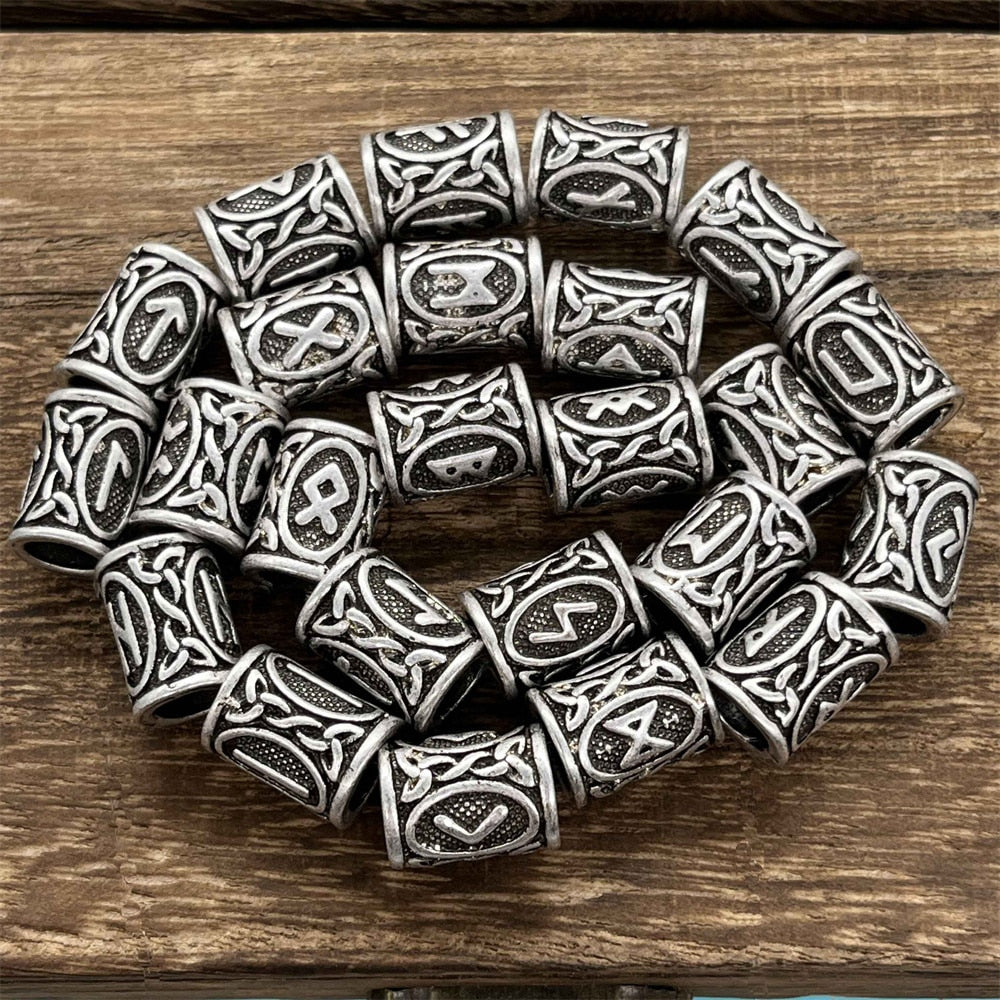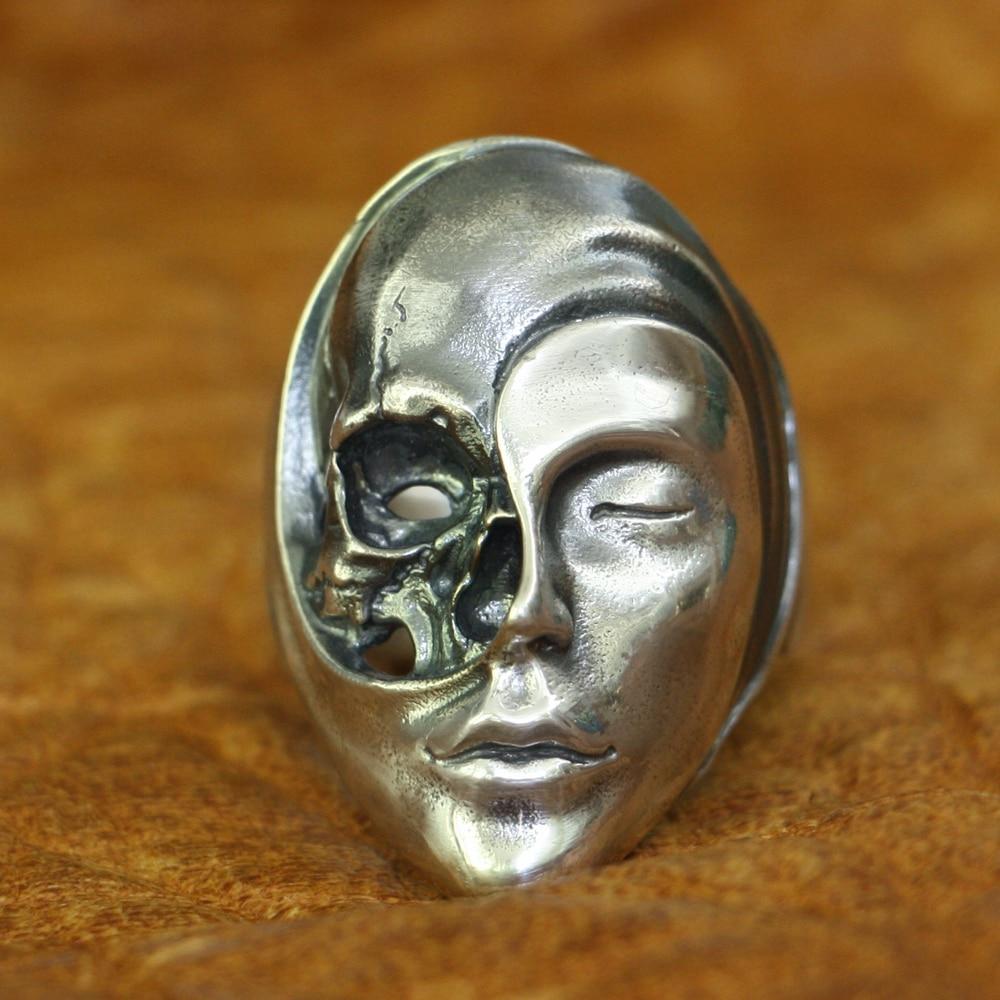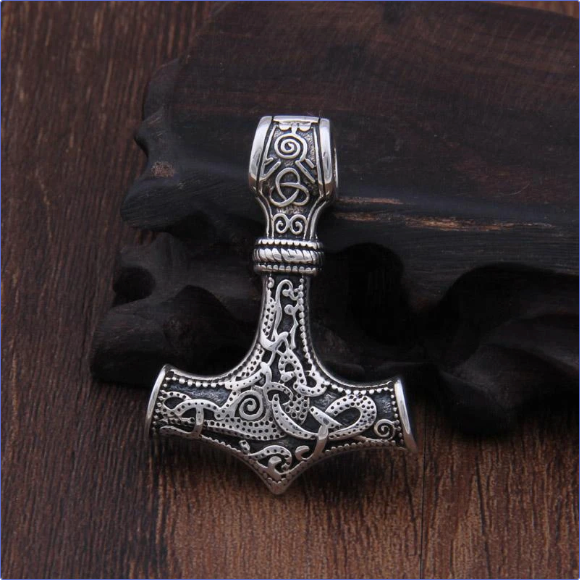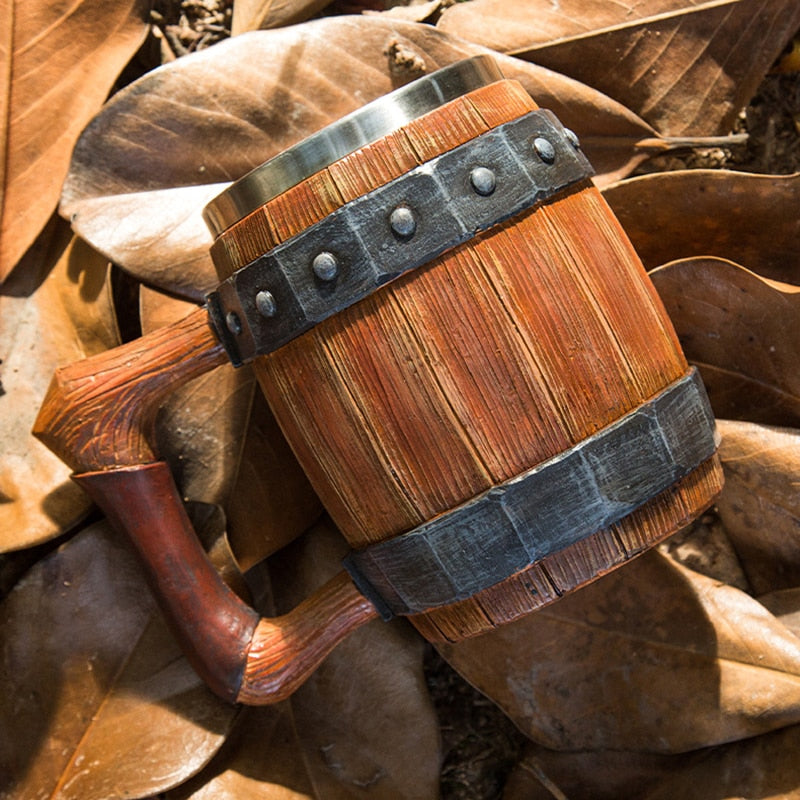Wolves are powerful figures in Norse religion and mythology — not merely wild animals but creatures of deep symbolic resonance. They represent opposing forces: chaos and destruction, but also loyalty, protection, and even divinity. Whether as monstrous beasts threatening the gods or as faithful companions of Odin himself, wolves occupy a sacred and fearsome place in the Norse worldview.

Fenrir: The Wolf of Ragnarok
Among the most terrifying creatures in Norse myth is Fenrir, the gigantic wolf born of the trickster god Loki and the giantess Angrboða. Fenrir’s destiny is central to prophecy of Ragnarok, as he is destined to slay Odin.
To prevent this fate, the gods tricked Fenrir into being bound by Gleipnir, a magical ribbon forged by dwarves from six impossible ingredients. The wolf only consented to being bound if one of the gods would place a hand in his mouth as a pledge of good faith. Only Týr, the god of war and honor, had the courage to do so. When Fenrir realized the deception, he took his vengeance by biting off Týr’s hand.
Though bound, Fenrir is fated to break free when the final battle comes. He will devour Odin, only to be slain in turn by Odin’s son, Víðarr (read more about Vidar, the Silent God here). Fenrir’s myth illustrates the Norse belief in the inescapability of fate — even gods cannot avoid what is foreseen.
Sköll and Hati: Celestial Hunters
The children of Fenrir, Sköll and Hati, continue the theme of wolves as cosmic forces. Sköll chases the sun goddess Sól, while Hati hunts her brother, the moon god Máni. Their pursuit explains the celestial movements of sun and moon across the sky — and when they succeed, it heralds the darkness of Ragnarök.
According to the Poetic Edda, during the apocalypse, the wolves will finally catch their prey, plunging the world into chaos and eternal night. This myth again emphasizes the inevitability of change and destruction — and the belief that even celestial bodies are subject to predatory forces.
Their symbolism is profound: wolves are not just earthly creatures, but participants in cosmic drama, guardians of a cycle of pursuit and devouring that echoes the Norse view of time as circular and fated.

Geri and Freki: Odin’s Faithful Wolves
Not all wolves in Norse myth are agents of chaos. Two of the most overlooked but important are Geri and Freki, the loyal companions of Odin, the Allfather. Their names translate roughly to "The Ravenous" and "The Greedy," reflecting their primal nature — but far from being villains, these wolves sit by Odin’s side in Valhalla, representing the divine bond between the king of gods and the wild.
According to the Prose Edda, Odin gives all his food to Geri and Freki, sustaining himself only on wine. This reflects Odin’s asceticism and connection to the animal world. The wolves are also symbolic of the warrior ethos, as Odin is a god of war, death, and wisdom — domains where loyalty and ferocity are prized.
In Norse imagery, Odin is often flanked by Huginn and Muninn (his ravens) and Geri and Freki — creatures of thought, memory, and primal power. Together, they form a spiritual constellation representing the mind, the soul, and the raw strength of nature.

Ulfhéðnar: Warriors in Wolf-Skin
The Ulfhéðnar were elite Norse warriors who wore wolf pelts and fought in a trance-like frenzy. Unlike the more famous berserkers, who channeled bear spirits, the Ulfhéðnar were said to embody the qualities of wolves: cunning, teamwork, endurance, and ferocity.
These warriors were highly devoted to Odin, who himself was associated with shapeshifting and war magic. In battle, the Ulfhéðnar were feared for their savage strength and immunity to pain — they were said to fight without armor, protected by Odin’s favor and their spiritual transformation.
Their existence demonstrates how deeply wolves were woven into Norse society. Not just mythological figures, wolves inspired rituals, warrior cults, and religious identity. To wear the wolf was to become it — a symbol of unity between man and nature, god and beast.

Wolves as Mirrors of Norse Belief
Wolves in Norse legend are more than mere animals or monsters — they are cosmic symbols of fate, divine power, loyalty, and death. Fenrir is the apocalyptic wolf, whose coming signals the end. Sköll and Hati are eternal chasers of the celestial order. Geri and Freki are guardians and companions to the Allfather himself. And the Ulfhéðnar show that the Norse did not just fear, nor merely respected wolves — they sought to become them.
This dual image — of the wolf as destroyer and protector — captures the essence of Norse religion: A world where nothing is one-sided, where gods can die, beasts can be divine, and even fate itself is honored rather than fought.
Bibliography
Sturluson, Snorri. The Prose Edda. Translated by Jesse Byock. Penguin Classics, 2005. ISBN: 9780140447552
Lindow, John. Norse Mythology: A Guide to the Gods, Heroes, Rituals, and Beliefs. Oxford University Press, 2001. ISBN: 9780195153828
Davidson, H.R. Ellis. Gods and Myths of Northern Europe. Penguin Books, 1990. ISBN: 9780140136272
